Now under new management
Type: Singleplayer, Multiplayer
Genre: RPG, Action
Developer: Echtra Inc.
Publisher: Perfect World Entertainment
Release date: 13 Oct, 2020


Torchlight III has had a turbulent development. Originally branded as an MMO offshoot of the Torchlight series, changes were made late in development to turn it into a classic hack & slash RPG, similar to the previous two games in the series, and with that came a new name. It’s also a game made by a different studio than that of the past two games.
The first game in the Torchlight series was released back in 2009. It was a game that had quite the legacy to live up to, as it was designed by several genre veterans, including one of the designers of the original Diablo, arguably the first game of this type. In 2012 a sequel was released, and it was the Diablo 2 to Torchlight’s Diablo 1, and importantly it also added multiplayer. Sadly Runic Games, the creators of Torchlight 1 & 2 closed down in 2017. Now it’s fallen on Echtra Games, a new studio, though one with some of the people from Runic Games, to create a worthy successor.
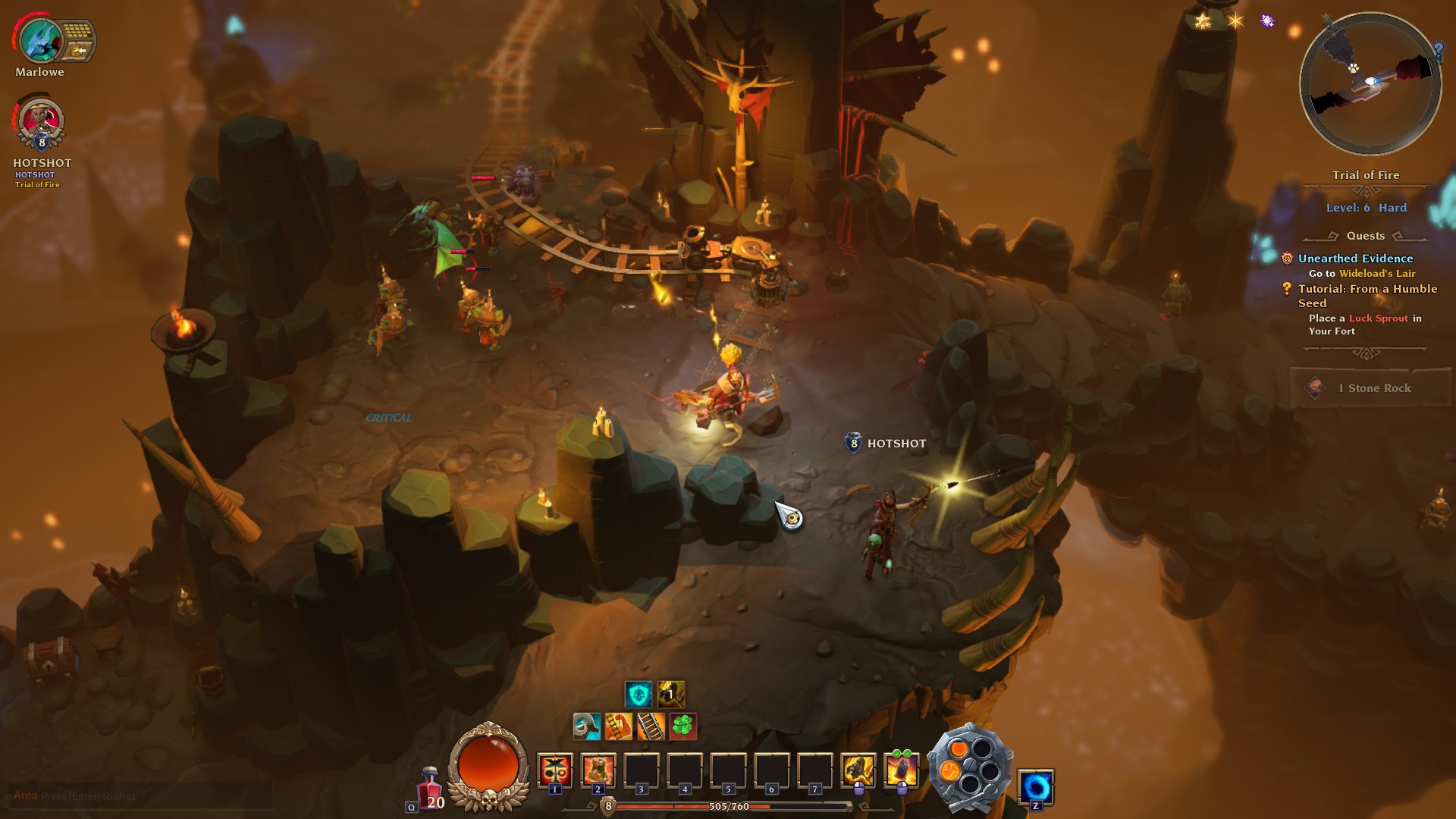
Story & Setting
The Netherim, daemonic creatures from another plane of existence, were thought to have been banished long ago, by a group of four heroes. But now there’s reports of them returning. Someone, or something, is trying to bring them back into the world.
This something turns out to be a group of three sisters following the orders of an entity they call their mother, who wants to bring the Netherim back into the world. And wherever they go, they find ways to get the local creatures, be it intelligent beings such as goblins, or giant insects, to work for them.
And it’s of course up to you to stop these three sisters and make sure that the Netherim are not allowed to invade your world. So you’ll travel through three distinct locations, and fight the sisters, the Netherim and their agents along the way.
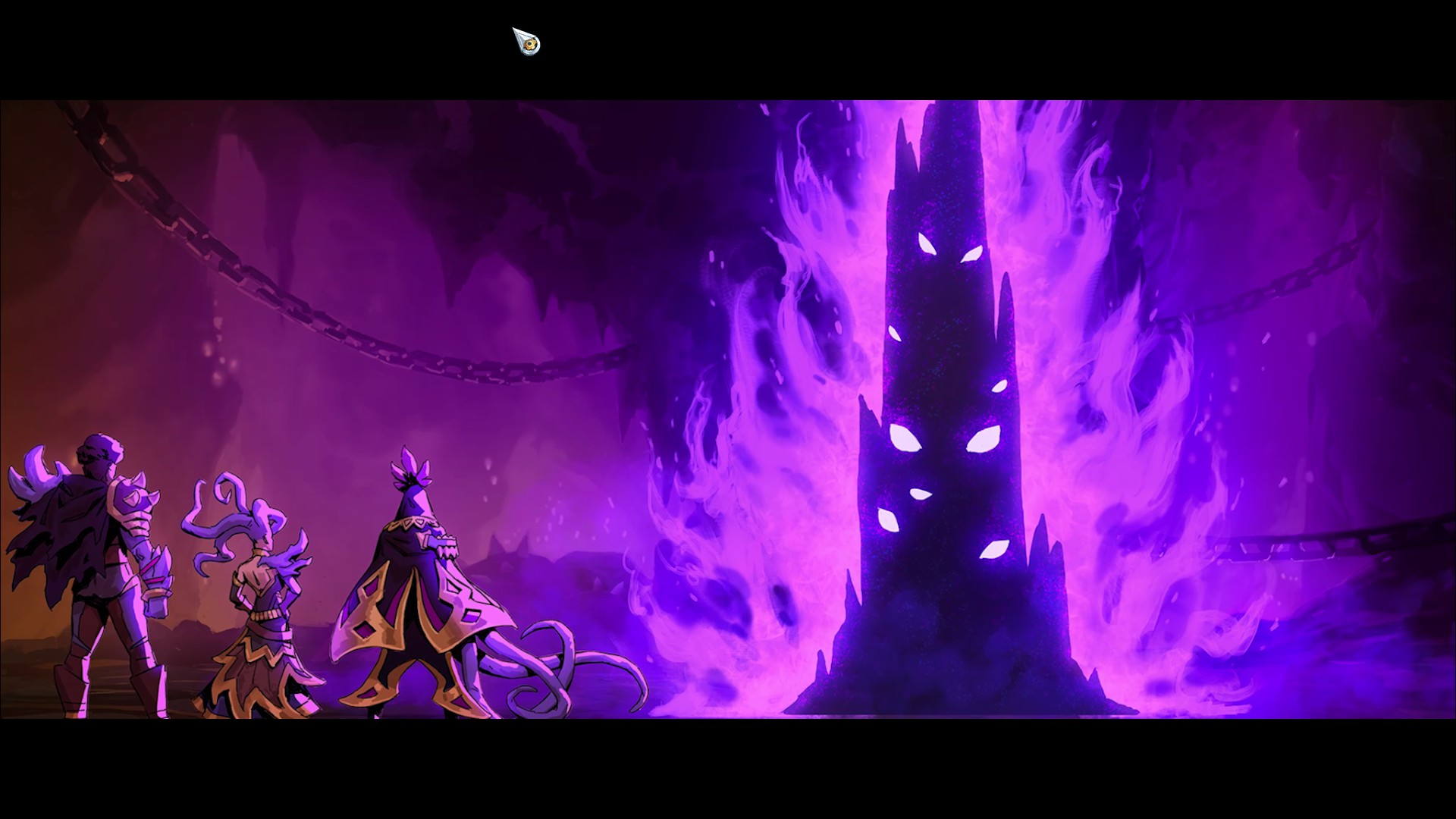
Along the way you’ll also meet a bunch of different characters, many of which have their own little stories. Like an alpaca keeper who lives in a swamp, or a robot mayor living up in the mountains. And through the world there’s also a smattering of audio logs that help flesh it out a bit, with snippets of information from both its current and past inhabitants, as well as people who are important to the story, like the three sisters.
As is the norm with hack & slash RPGs, the story is not the thing you play them for, it’s there to give you some context for your actions, and Torchlight III does not break new ground here. The story works as a way to explain why you should slaughter thousands of goblins, zombies, robots and purple daemons, but it’s not very engaging beyond that, and mostly forgettable. The audio logs are a nice touch, but even they ultimately don’t add all that much to the story. But the story does at least never get in the way of gameplay; it quickly sends you from one place to another.
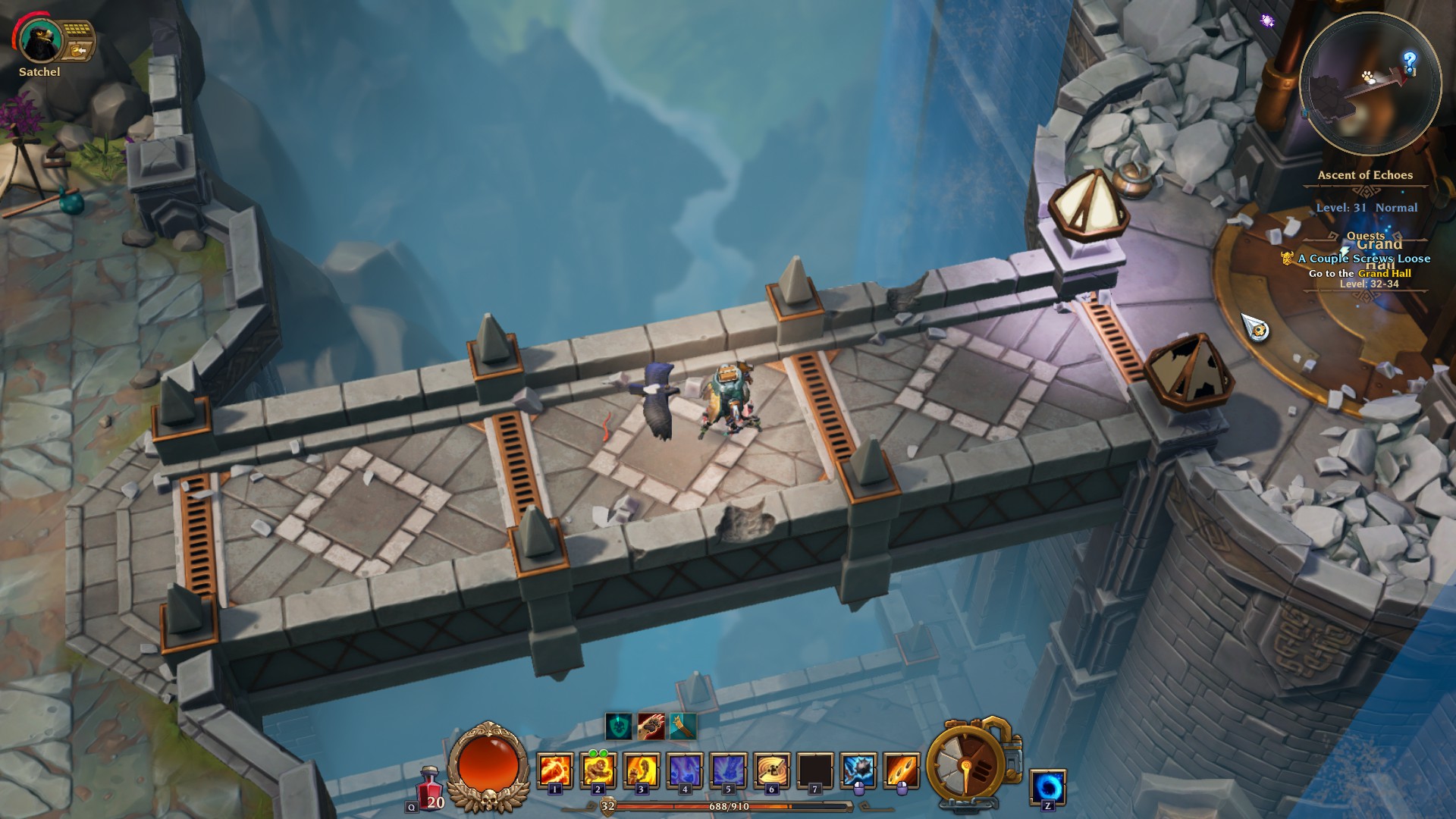
Presentation
The Torchlight series has always had a bright and cartoony art style, and Torchlight III is no exception. Most things in the world have slightly exaggerated traits, not to the point where it looks silly, but still to the point where they don’t look realistic, and the game is no stranger to using bold colours, like bright purple or orange. In this regard, the art style is a bit similar to what we’ve seen from the Warcraft series, and especially Warcraft III and World of Warcraft, but not quite as exaggerated.
Overall the game does look pretty good, and even during the short in-engine cutscenes that are used to present bosses and some other major events, things hold up surprisingly well. When the camera gets a bit too close to something, some textures can end up looking a little bit blurry, but it’s very rarely noticeable.
A special mention needs to go out to the game’s sound design. Good sound effects are important for the feel of any action game, and arguably more so for hack & slash RPGs than most other types of games. With weak sound effects combat will just feel bland. Torchlight III does a very good job with its sound effects; there’s a good weight to the sound that plays for a lot of the attacks. Some enemy attacks could maybe use a bit more heft to their sound effects, but overall, this game sounds good, and most importantly, it sounds good in a way that makes slaughtering hordes of enemies feel satisfying.
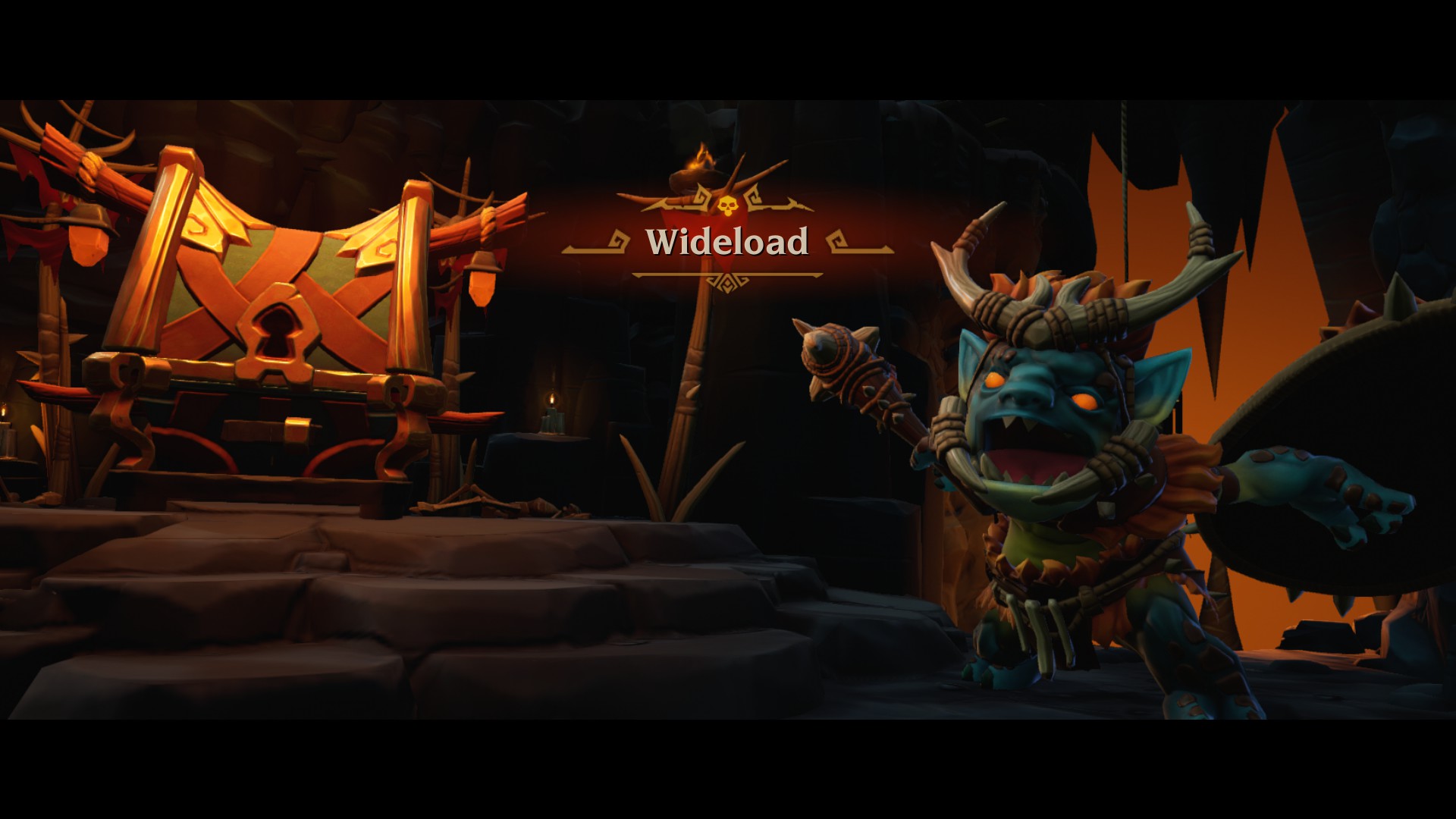
Most lines in the game are voiced (I think all are supposed to be, but the game could at times be a bit buggy for these lines specifically), and quite competently so. The voice acting is not award-winningly good, but there were none that stood out in a bad way, and including the audio logs, there’s a lot of voiced lines in this game.
There’s a few issues and minor bugs with the game that keeps it from looking quite as good as it should. Nothing game breaking, but some of them were quite common. The most frequent was that dead enemies still kept tracking you, which made their corpses rotate on the ground, so that they were always trying to face you. This could look really silly with larger enemies. There were also a few times when some voice clips would not play. Trying to play them again would usually work, but you can’t always try to get a voice clip to work again; most are only played once.
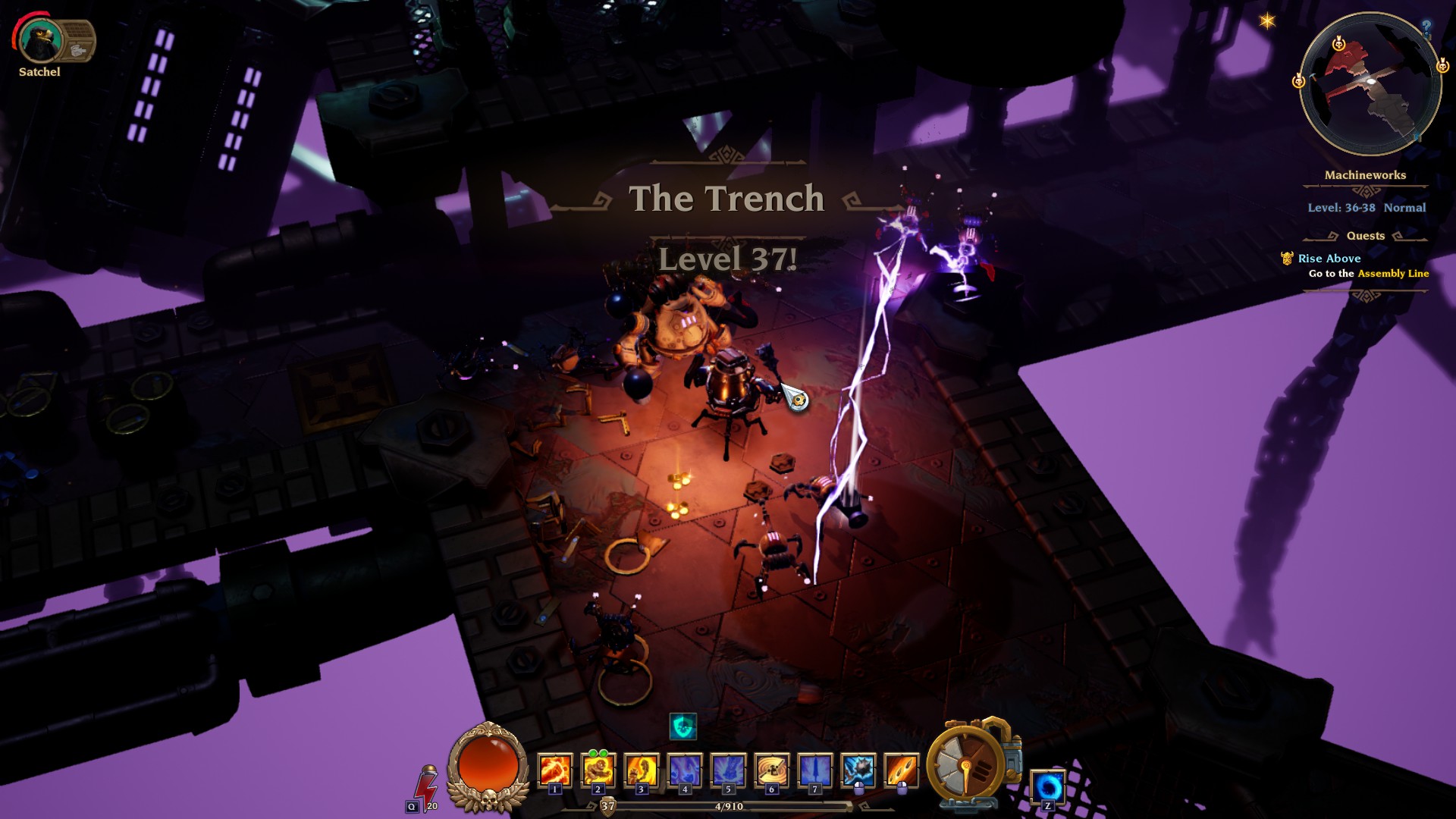
Gameplay
Ever played a hack & slash RPG, like Diablo, Path of Exile, one of the previous Torchlights, Fate and so on? Then you have a pretty good idea of how this one will work. You’re controlling a single character who’s going up against hordes of lesser ones. Movement and attacking is a simple point & click affair. Click on the ground to move, click on an enemy to attack. You’ve also got other abilities that can be used with the other mouse button or the number keys.
The game has 4 different classes: Sharpshooter, Dusk Mage, Forged and Railmaster. Here you’ve (almost) got your typical heavy fighter (who has a pet train), nimble rogue and powerful spellcaster, while the forged is a robot that lands somewhere between melee powerhouse and ranged class. While the classes might lean towards specific playstyles, they’ve got enough varied abilities to let you choose exactly how you want to play them. The sharpshooter for an example might have a lot of abilities that make it suited as a ranged combatant, but if you chose to focus on its abilities that are not reliant on being at a range, there’s nothing that says that you can’t equip a sword & shield and play it as a melee fighter. Apart from choosing class at start, you’ll also get to pick a relic, out of 5 different ones. These give you another category of abilities on top of the ones your class already has; you can really tailor your character to your wanted playstyle.
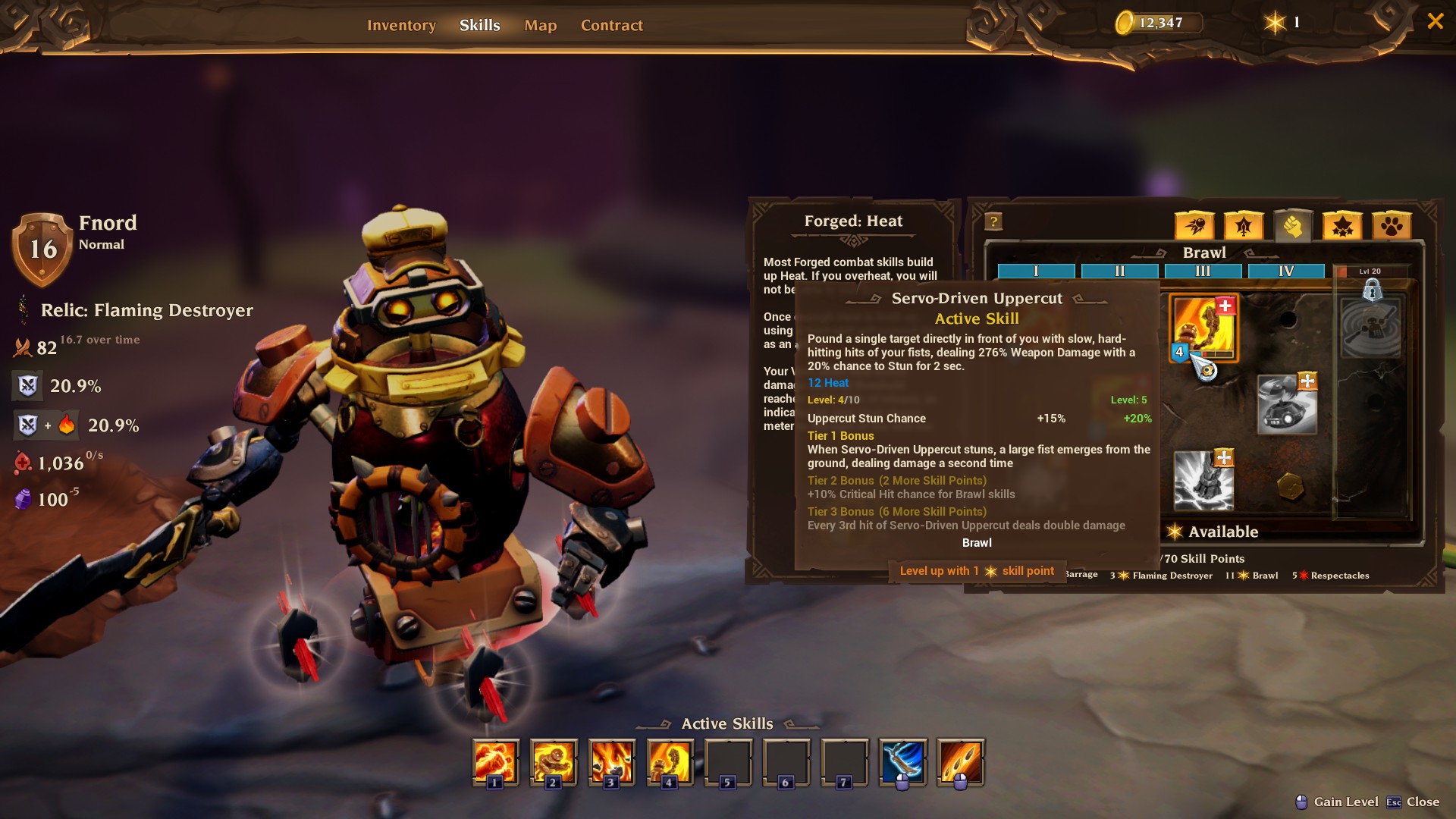
Every time you level up you get a skill point, except for every 5th level, where you get two. These can be spent on either class or relic abilities, to either improve ones you already have or unlock new ones. Your class abilities also have certain milestones after a set amount of skill points have been spent on them, with each having two that improves the skill itself in a noticeable way and one that is a more generalized improvement, like you take less melee damage or a specific type of skills will have a higher chance of dealing critical damage. These are not small bonuses either, so it can be worth investing in a skill you don’t intend to use much to get a specific bonus.
Enemies also work roughly as you would expect, you’ll face hordes of weaker enemies, and at a regular basis you’ll run into more powerful ones with their own names, and often special abilities, as well as a far larger health pool. The small mooks might chip some health off of you, and get in the way, but it’s these mid-boss enemies that are the real threat. As well as those, there are a few other “mid tier” enemies that can also put a halt to your advance. These more powerful enemies are fun to fight, particularly when surrounded by smaller ones, and things can get rather hectic when there’s a lot going on on screen.
There are also a bunch of proper bosses in the game. These have their own unique arenas, and abilities, and have more complex attacks than any of the regular mid-bosses. That’s not to say that they’re particularly hard, and the difficulty curve is all over the place with them, but some of them can be a bit trickier than what you’ll run into when you’re just out in the wild.
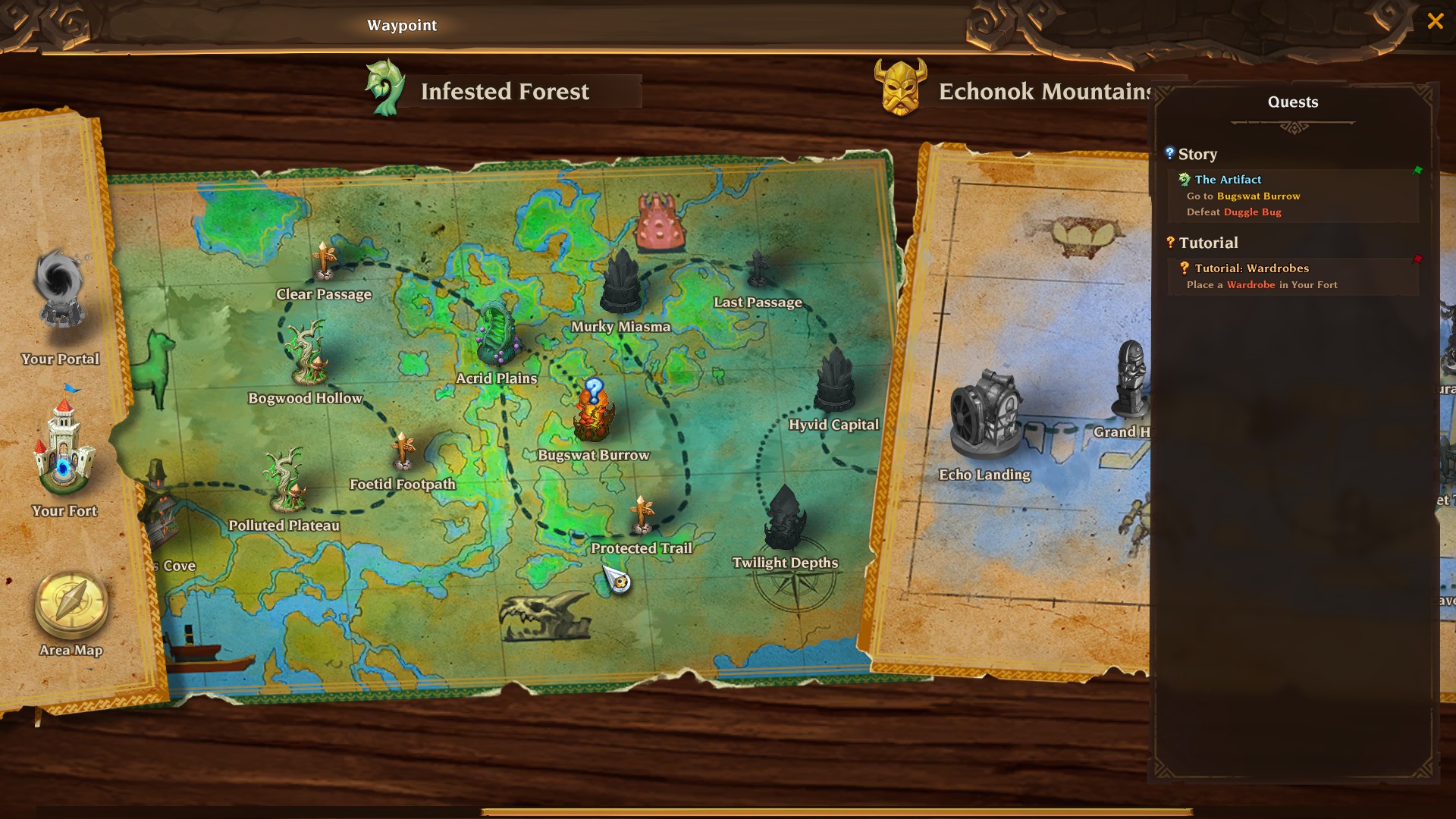
What would a hack & slash RPG be without loot? Torchlight 3 offers a plethora of it different items, and you’ll get a constant influx of new and better gear. Want an offhand that makes your forged dissipate heat faster (and thus letting it use its special abilities more often), or a shield that lets it stay in the thick of battle for longer without dying? Or maybe you just want a large 2-handed sword. Armour also gives you a few choices, though these don’t change your playstyle as drastically, it’s usually either more HP or more defense. Where gear gets interesting is with the legendary items. Every legendary item has something that either gives you a big boost in some area, or fundamentally changes how one of your abilities work. And once you’ve found a legendary item, you can equip its ability independently of the item, though you’re limited in how many of these you can equip, and at a higher level you’ll still get a maximum of three “extra” abilities beyond the ones from the equipped legendary items. These abilities are not necessarily upgrades though, the ones that change your abilities can change them in a way that makes them worse for you.
Pets were present in Torchlight from day 1, and while Torchlight might not have been the first hack & slash RPG that lets you bring a pet with you that can go back in town to sell unwanted stuff (that honour probably goes to Fate), it did popularize it. And Torchlight III does not disappoint with pets. At the start of the game you can pick between three different pets, a dog, an owl or an alpaca, and chose its name and colour, but after beating most bosses you’ll be given a new pet that you can bring along, or just store in your kennel. These pets have a random ability, and will directly contribute in a fight, but they can also still be sent back to town to sell unwanted junk, which will make then unavailable for a short while.
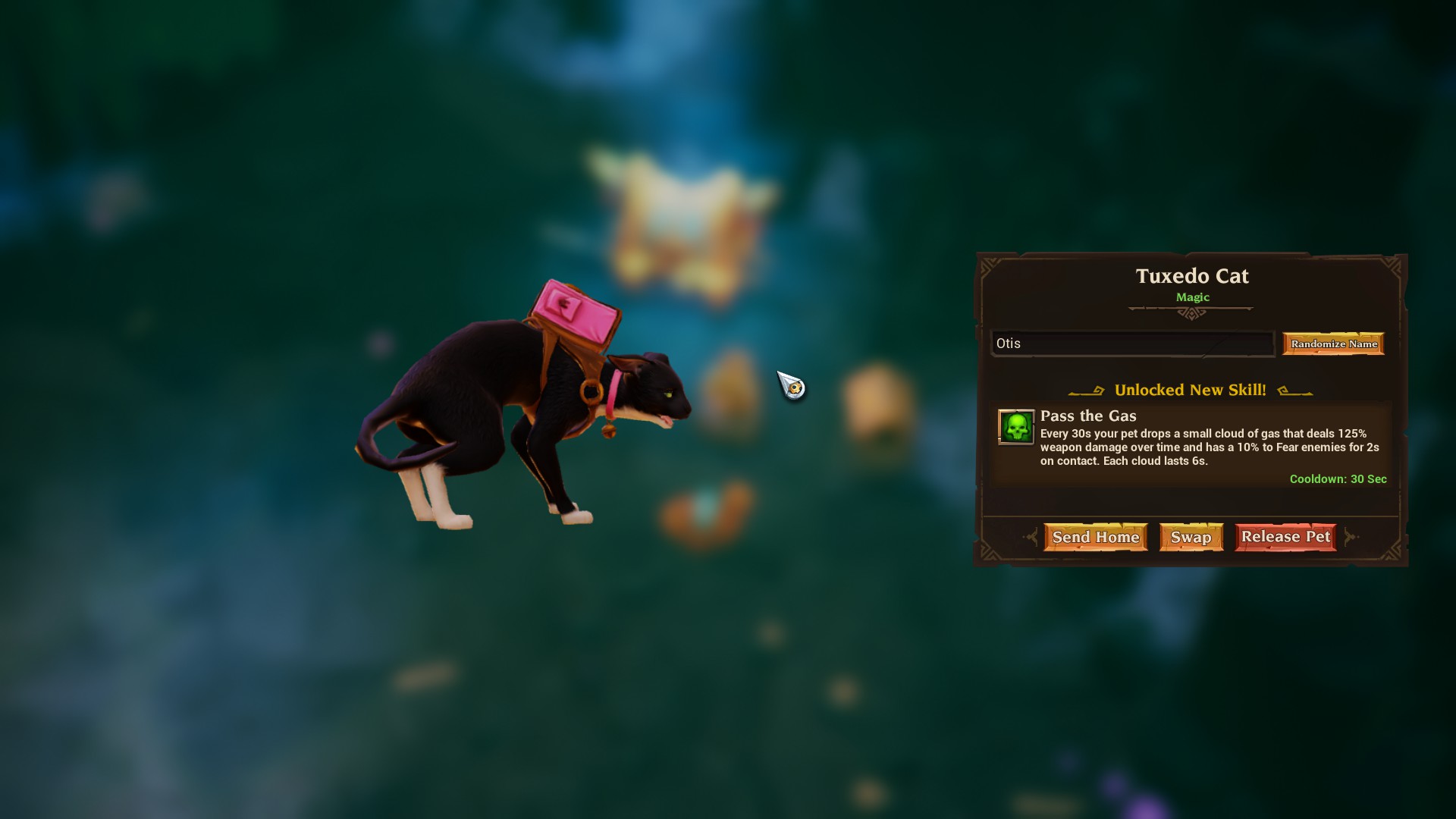
Early on in the game you’ll get a fort of your own. This fort is shared between all your characters, and you can decorate it with different things you get along the way. Other than decorations, there’s also a few things you keep here that has a more direct gameplay impact, like a stash, a place to store your pets, stations that lets you respec and so on. The fort is also your gateway to the post-game. Once you’ve beaten the campaign, you’ll get access to a special building that lets you run maps that offer better loot, and increasingly tougher challenges, often with some kind of modifier that might make things even harder.
Multiplayer runs smooth, but there’s not a whole lot of interaction between the players. Your pet brings its own buff, but with a few exceptions, like skills getting improved if you hit a target that’s under a certain status effect (that your co-op partner might have given the enemy), you’ll be playing roughly the same way solo as with a co-op partner. The big difference is that now you’re two or more people who attack the enemies, so they’ll go down faster. It’s still more fun to play with someone you know than solo, like in almost any co-op game, but Torchlight III does not break any new ground here.
All of this does sound well and good, so what’s the catch with Torchlight III? Well, for one the game feels a bit shallow. It’s fun to play, but it lacks the depth of something like Path of Exile and heck, even Torchlight II might have been a bit deeper than the third game in the series. So the game might not have the replay value of some of its peers. It also lacks a bit of variety and nuance in its gameplay, something that’s pretty typical for this type of games, but it can still be a turnoff for some, and some greater enemy variety, not just in their looks but in how they work mechanically, would have been nice.
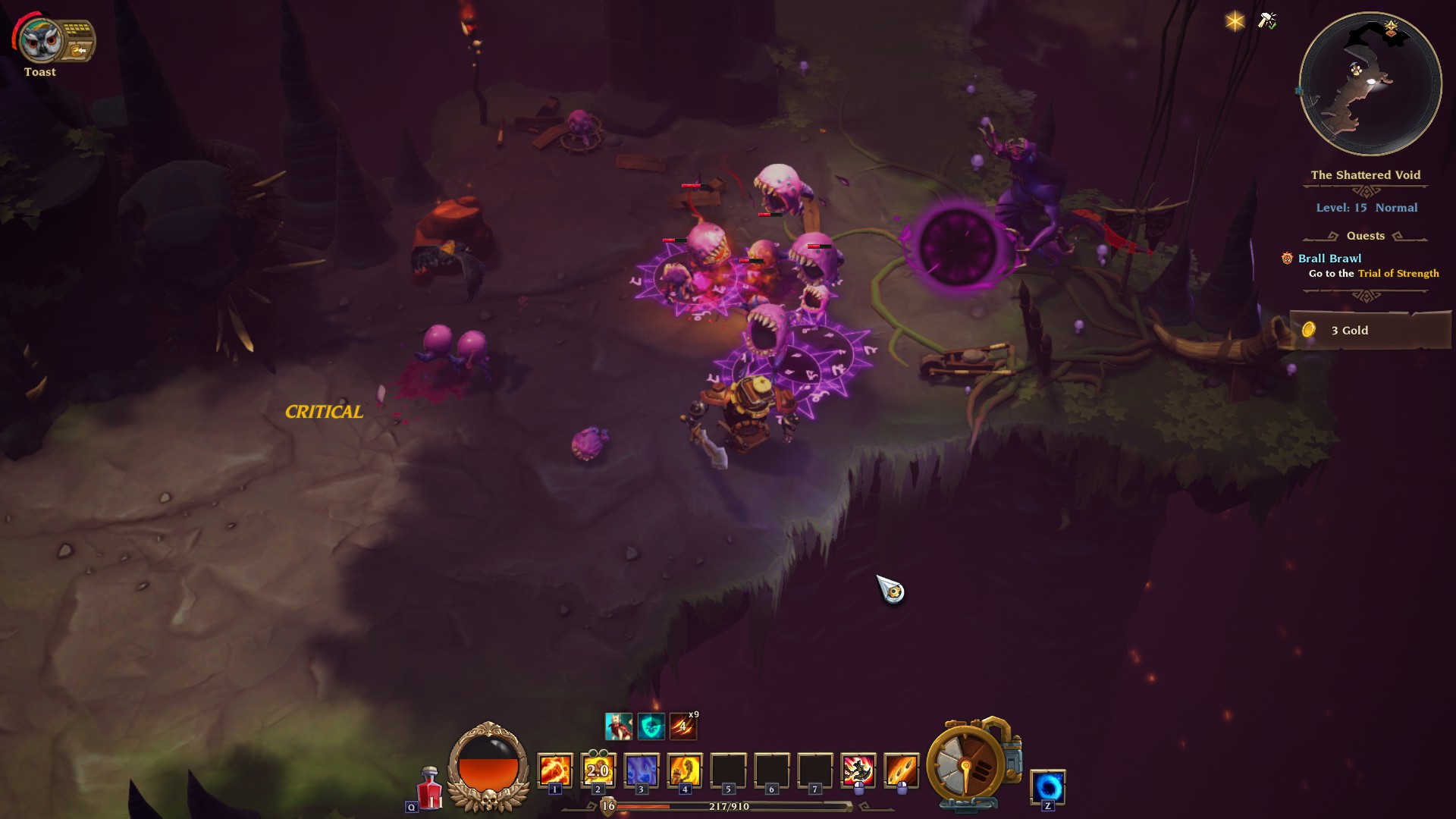
Closing Thoughts
Torchlight III is a good hack & slash RPG that will leave a few people disappointed. As its own thing, it’s a solid, satisfying and most importantly fun game, but it will likely disappoint those who go in expect this to be Torchlight II but better. It does mix up the formula extensively and is in some regards closer to Torchlight 1 than 2, but at the same time it’s its own thing, and it’s hard to do a direct comparison between any of the games in the series. They’re all different enough that you can’t really say that one is better than another, just different.
I personally really liked the game and had more fun with it than I did with most other hack & slash RPGs that I’ve played in recent years. It might not be a game I’ll be replaying time and time again, but it’s a good pick up and play game. It’s not a game that will punish you heavily later on for mistakes made early, or that requires you to carefully plan out your build, but sometimes it’s nice to have a game that you can just install and have fun with without having to study an extensive skill tree or read up on synergies that’s not apparent to a new player.










